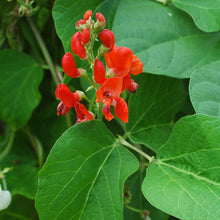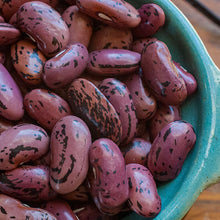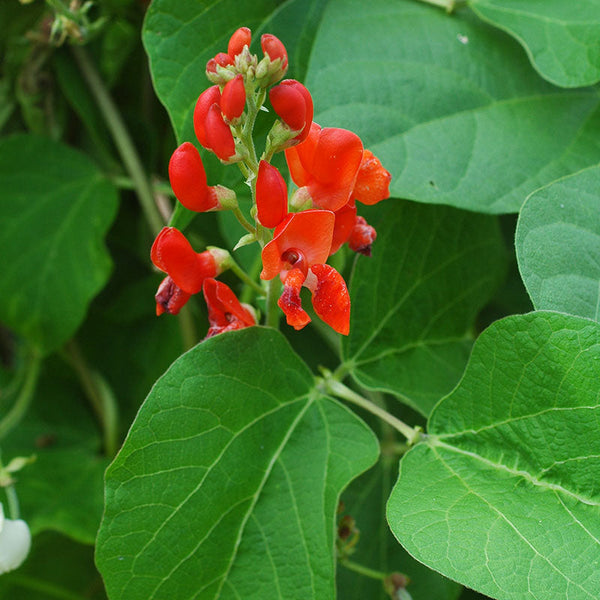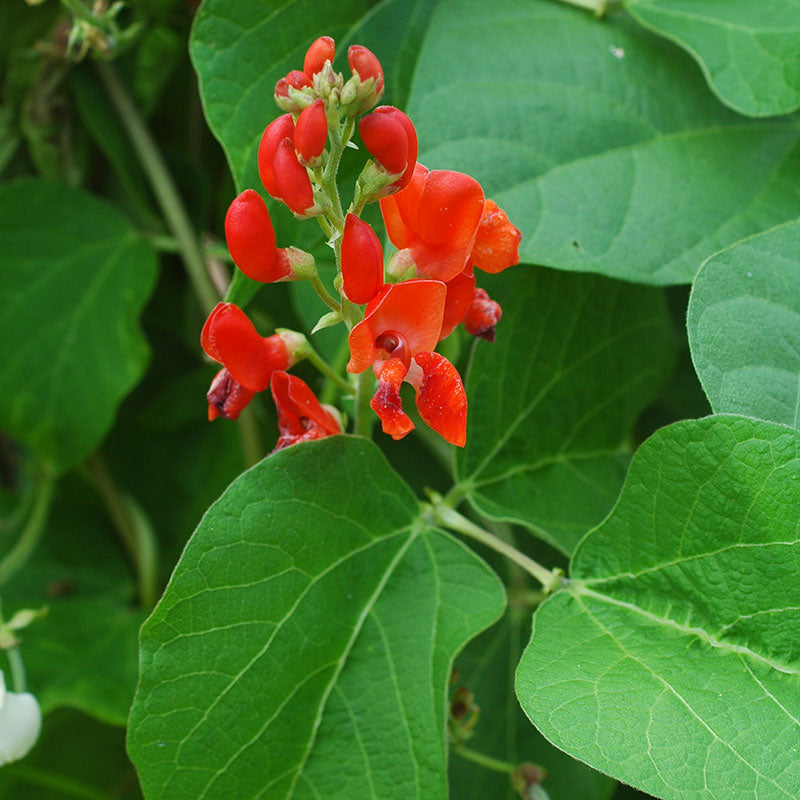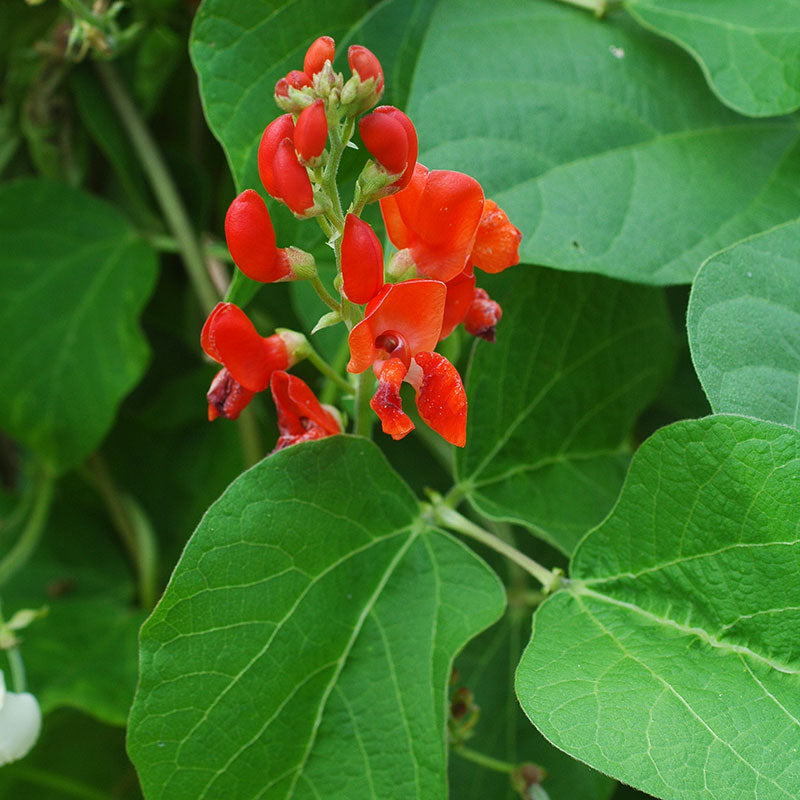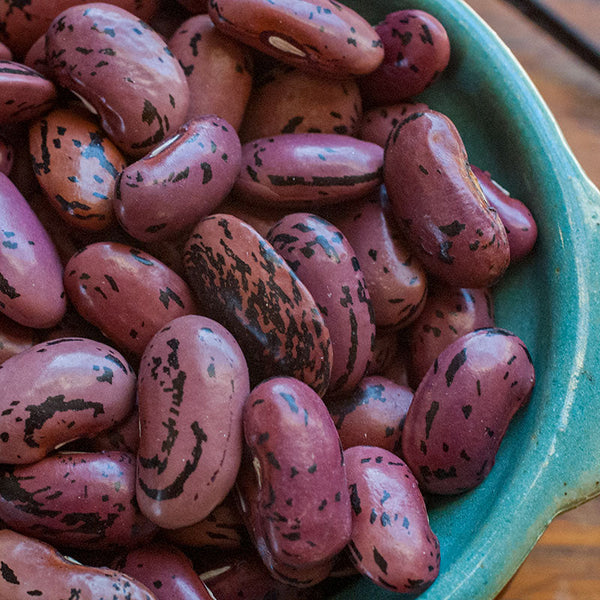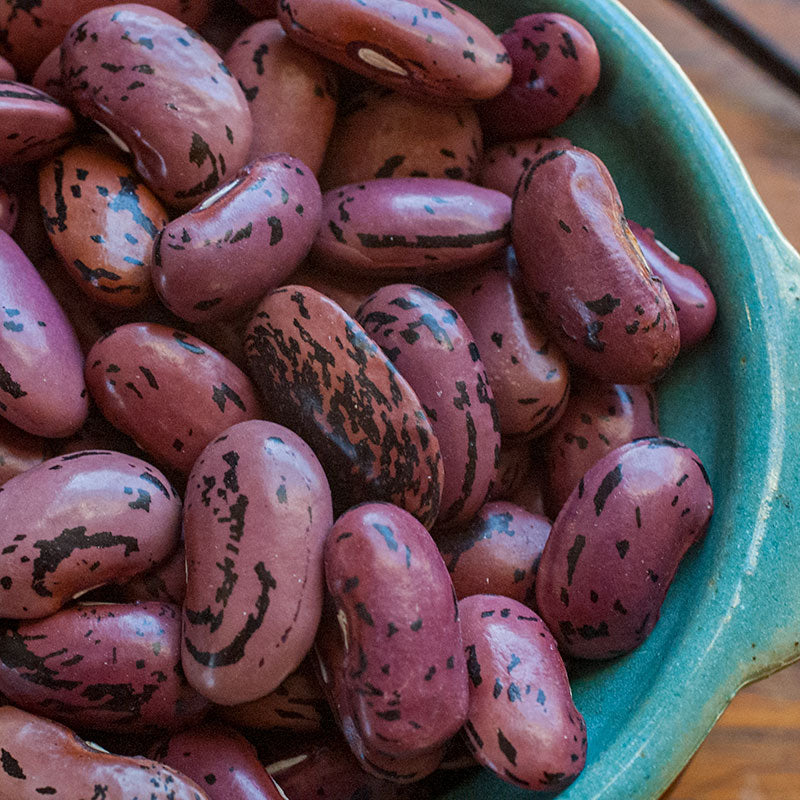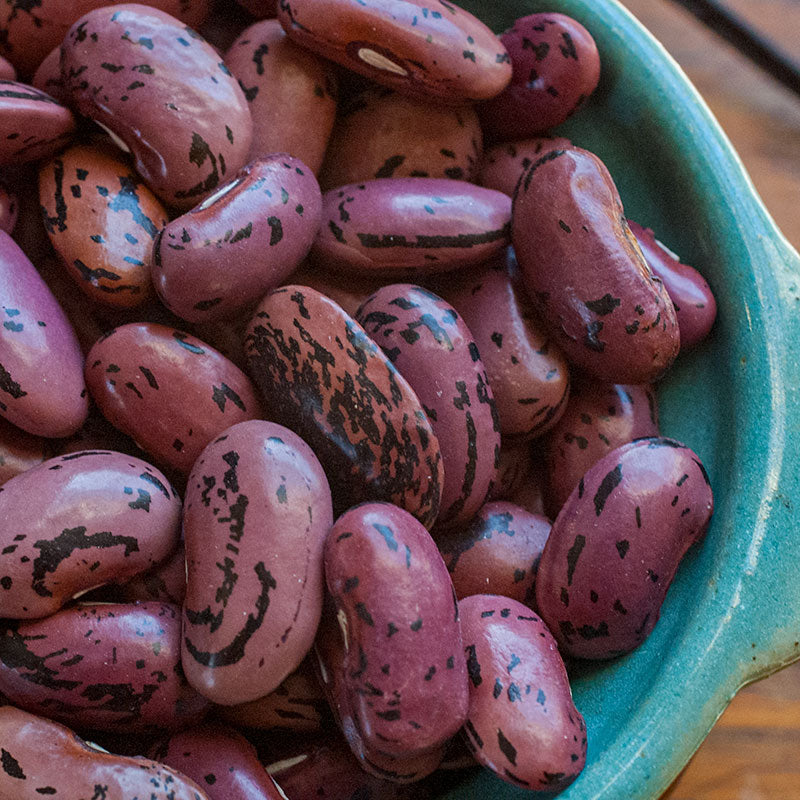Seed Packet
Runner Bean 'Scarlet'
Phaseolus coccineus
Originally from South America, this runner bean was grown by Native Americans in New England. In 1605 Champlain remarked, "With this corn, they put in each hill three or four Brazilian beans of different colors. When they grow up, they interlace with the corn, which reaches to the height of five to six feet; and they keep the ground very free of weeds." Gardeners still grow this heirloom variety with brilliant red trusses of bloom, edible flowers, and beans. Pick beans often and while young for top quality and enjoy the classic 'beany' flavor, or allow them to mature to the shelling beans stage.
SKU #S349






























